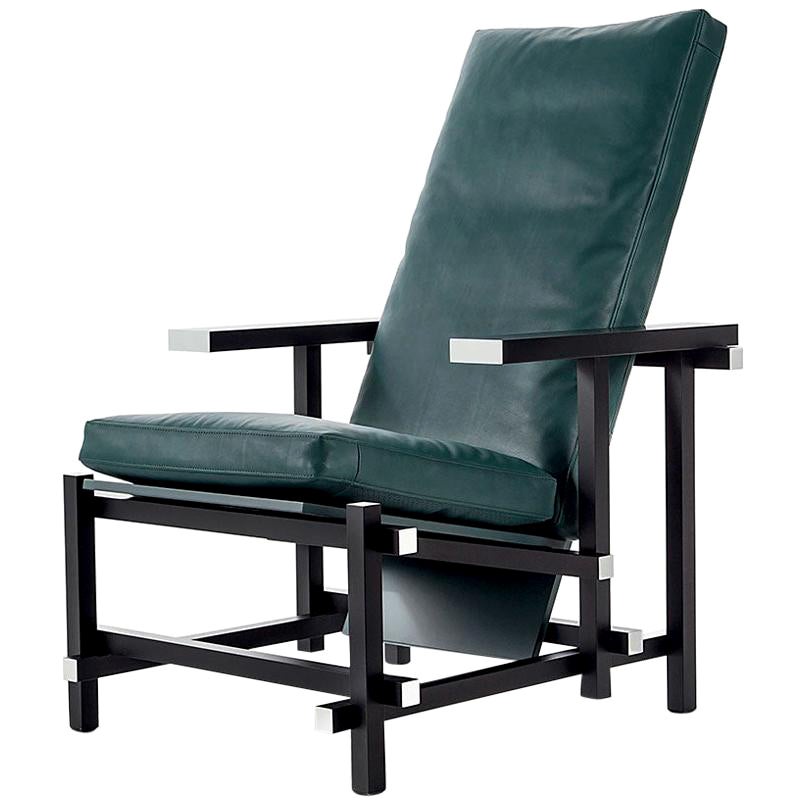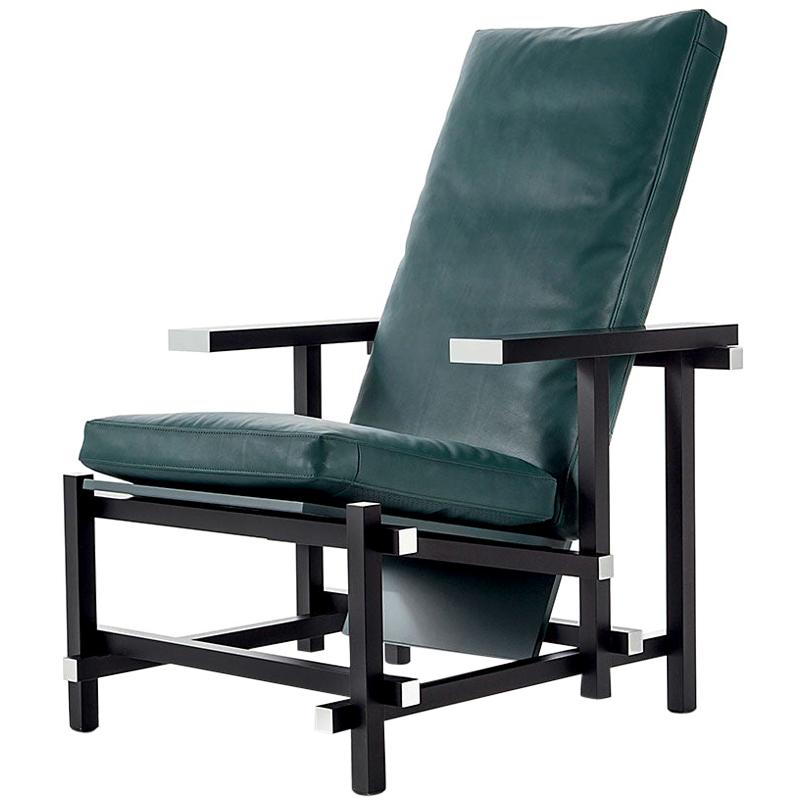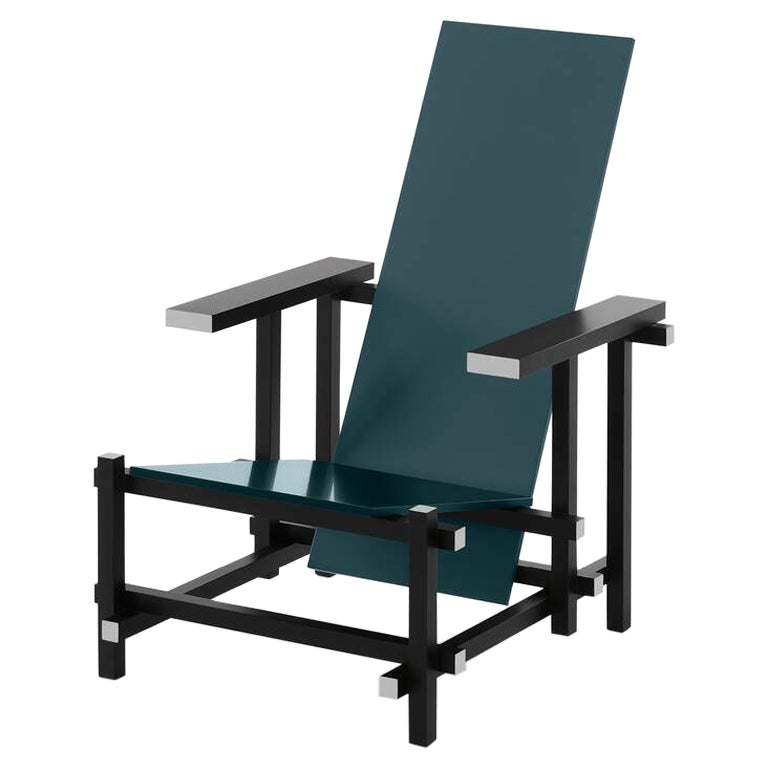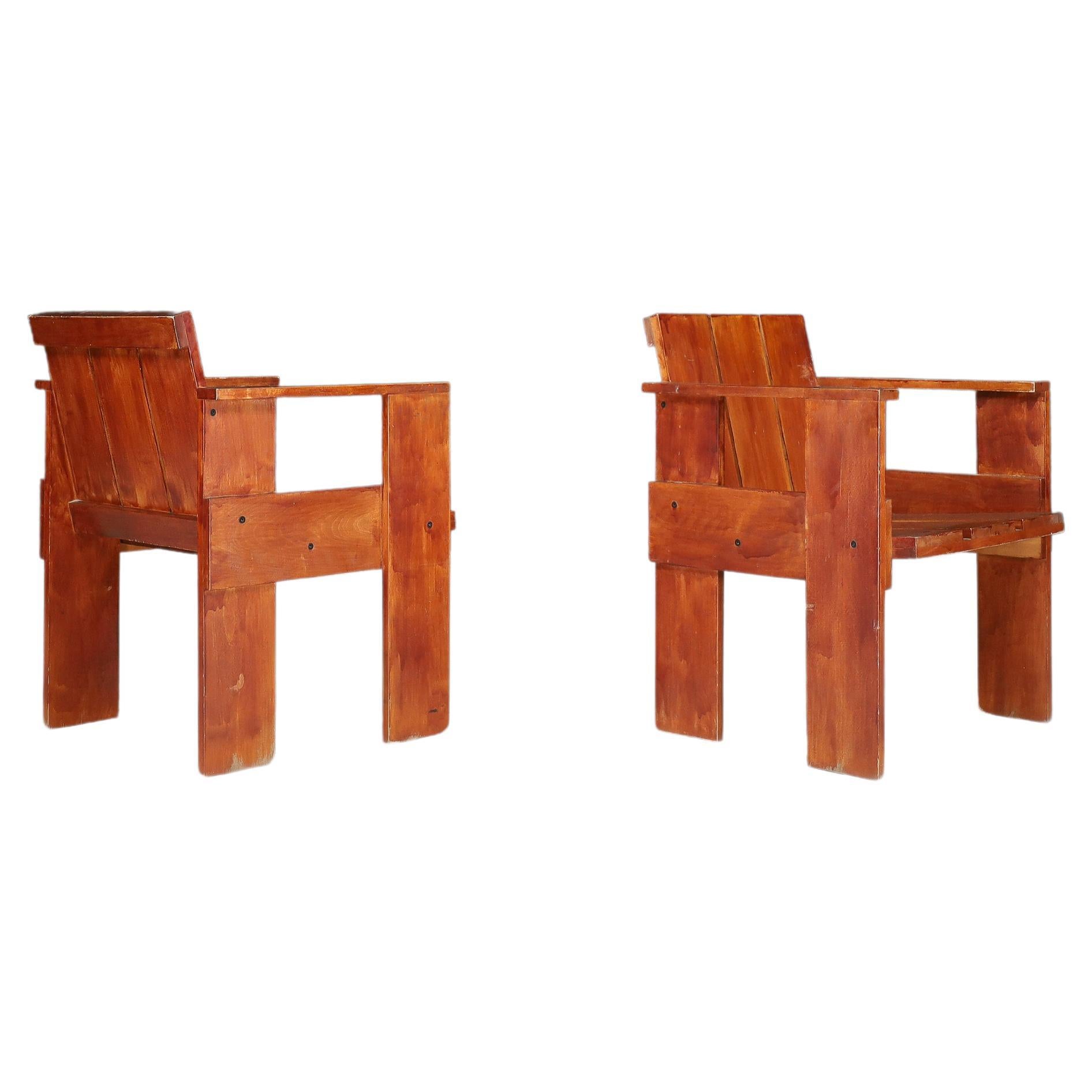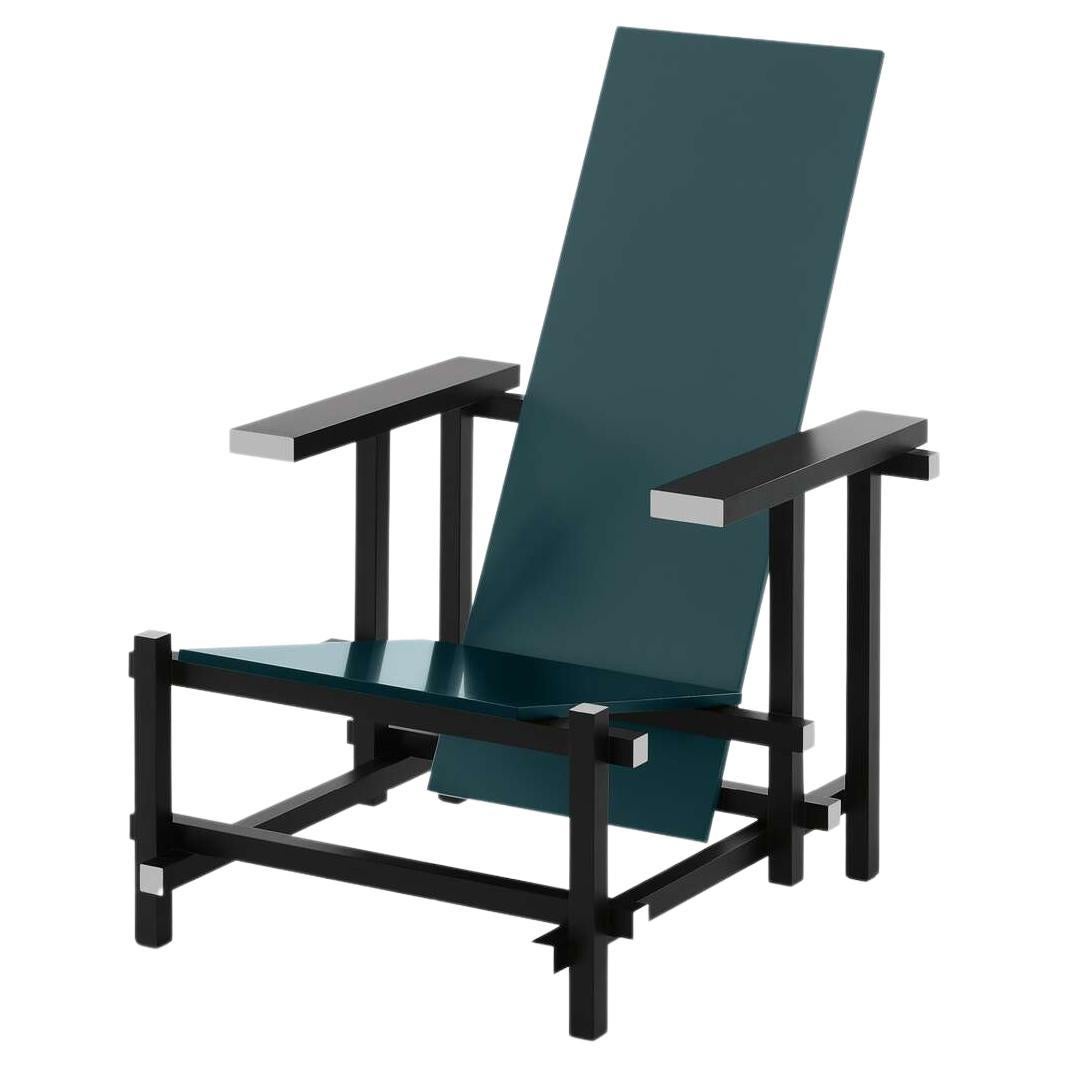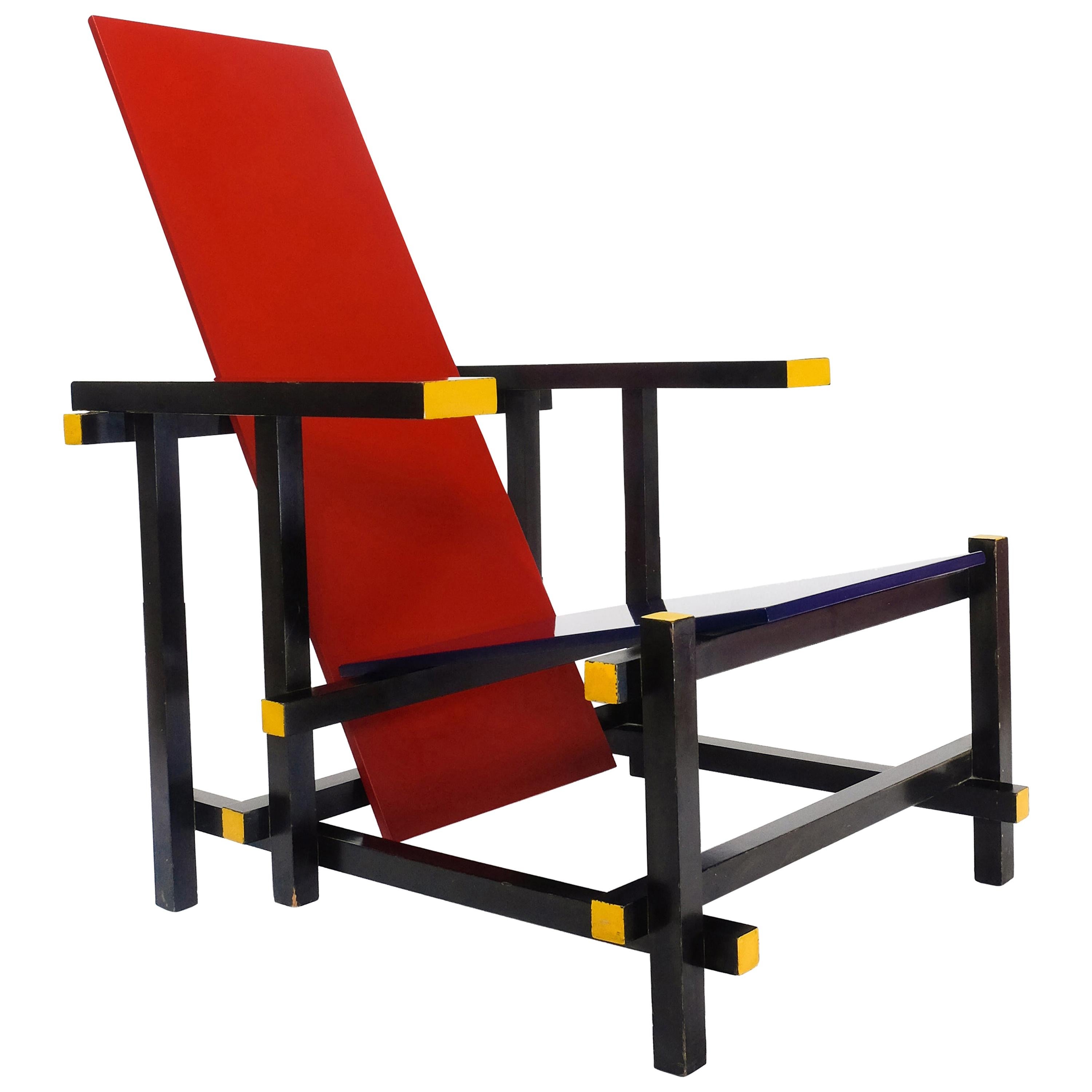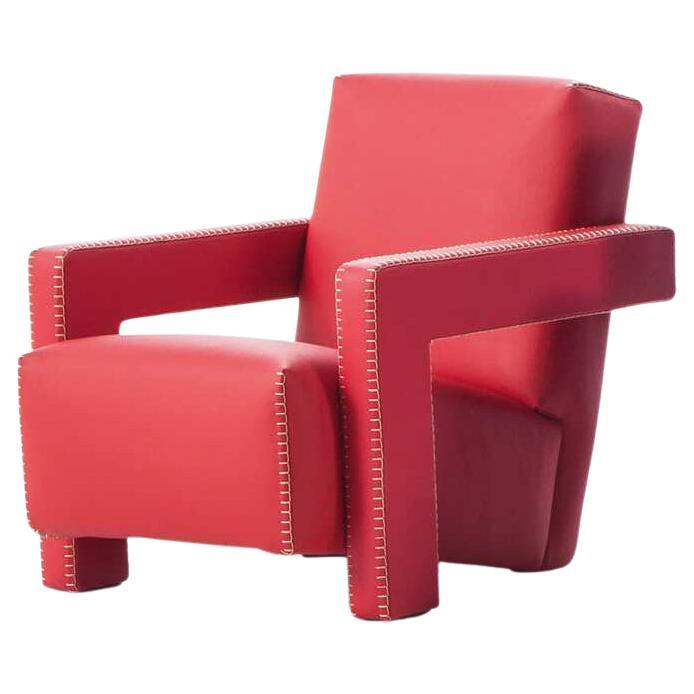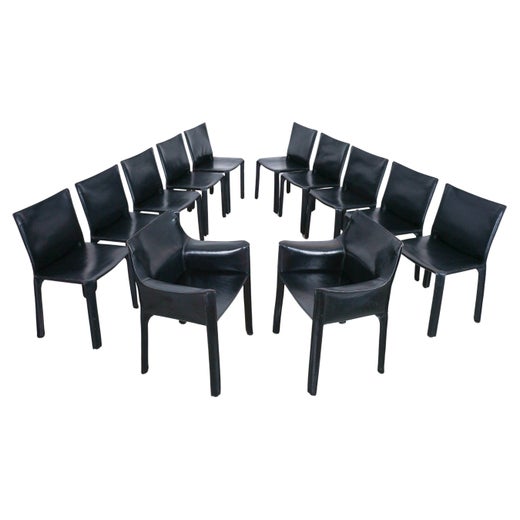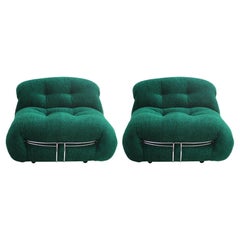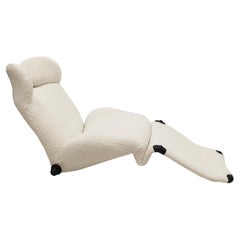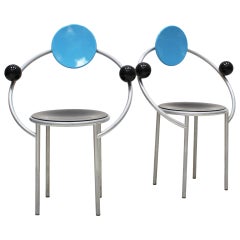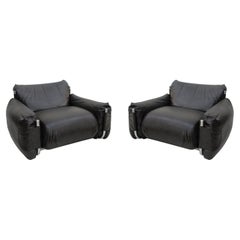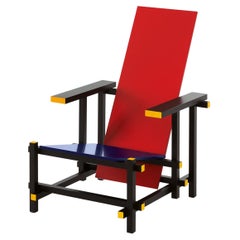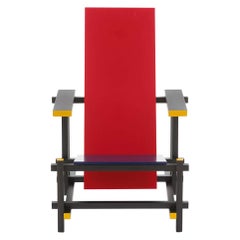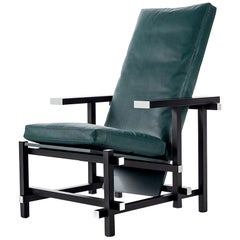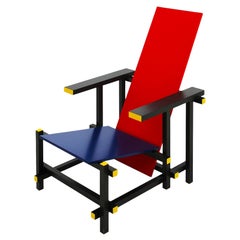
Red and Blue Chair Designed by Gerrit T. Rietveld for Cassina
View Similar Items
Red and Blue Chair Designed by Gerrit T. Rietveld for Cassina
About the Item
- Creator:Cassina (Manufacturer)
- Attributed to:Gerrit Rietveld (Designer)
- Dimensions:Height: 34.65 in (88 cm)Width: 25.99 in (66 cm)Depth: 32.68 in (83 cm)Seat Height: 13 in (33 cm)
- Style:Modern (Of the Period)
- Materials and Techniques:
- Place of Origin:
- Period:
- Date of Manufacture:1973
- Condition:
- Seller Location:Madrid, ES
- Reference Number:Seller: LA001002841stDibs: LU971828107532
Cassina
Furniture manufacturer Cassina is a prolific design house for more reasons than one: It not only owns the licenses to an exquisite collection of iconic chairs, sofas, tables and other pieces from the 20th and 21st centuries but also produces original works that are characterized by innovation and the finest Italian craftsmanship.
Cassina’s illustrious legacy includes being one of the first companies to bring industrial design to Italy in the 1950s. Founded in 1927 in Meda, Italy, by brothers Cesare and Umberto Cassina, the Italian manufacturing giant originally specialized in bespoke woodworking. In nearly a century since its founding, the company has shown incredible foresight about design trends and the evolution of technology.
In 1964, Cassina signed an exclusive licensing agreement to manufacture furniture by Le Corbusier and his collaborators — such as the LC4 chaise longue made with trailblazing French modernist Charlotte Perriand and Pierre Jeanneret — a move that would shape the future of the company. Cassina’s I Maestri collection is an ongoing initiative to restyle landmark designs from the 20th century, such as pieces by Gerrit Rietveld (the Red and Blue armchair from 1918), Charles Rennie Mackintosh, Erik Gunnar Asplund, Franco Albini and Frank Lloyd Wright. The company preserves the intentions and original styles of their designs but adds updated techniques, materials and processes — rendering them the best possible combination of past, present and future. The brand has also worked with contemporary icons like Zaha Hadid, Gio Ponti and Philippe Starck.
Cassina’s original designs are cutting-edge as well. They include pieces for everyday use, the development of which is guided by comfort and the marriage of Italian craftsmanship with industrial technology.
Some of Cassina’s pieces, both from its contemporary and I Maestri collections, can be found in the collections of museums like the Museum of Modern Art and the Vitra Design Museum. In 2014, the company became part of Haworth in its acquisition of Italian furniture group Poltrona Frau, and in 2015, Spanish designer Patricia Urquiola joined Cassina as its art director, leading the brand into its next century of inventive style.
Find a collection of new and vintage Cassina furniture on 1stDibs.
More From This Seller
View AllVintage 1960s Italian Mid-Century Modern Armchairs
Steel
Vintage 1980s Italian Mid-Century Modern Armchairs
Steel
Vintage 1980s Italian Side Chairs
Metal
Mid-20th Century Italian Modern Armchairs
Steel
20th Century Italian Mid-Century Modern Armchairs
Aluminum
Vintage 1980s Italian Mid-Century Modern Armchairs
Steel
You May Also Like
2010s Italian Mid-Century Modern Armchairs
Wood
21st Century and Contemporary Italian Chairs
Wood
2010s Italian Mid-Century Modern Armchairs
Leather, Wood
2010s Italian Mid-Century Modern Armchairs
Leather, Wood
2010s Italian Mid-Century Modern Armchairs
Leather, Wood
2010s Italian Mid-Century Modern Armchairs
Leather, Wood
Recently Viewed
View AllRead More
The 21 Most Popular Mid-Century Modern Chairs
You know the designs, now get the stories about how they came to be.
Billy Cotton Layers His Interiors with Lived-In Comfort
The Brooklyn-based designer is adept at styles ranging from austere to over-the-top, espousing an architectural, detail-oriented approach also evident in his line of furniture and lighting.


